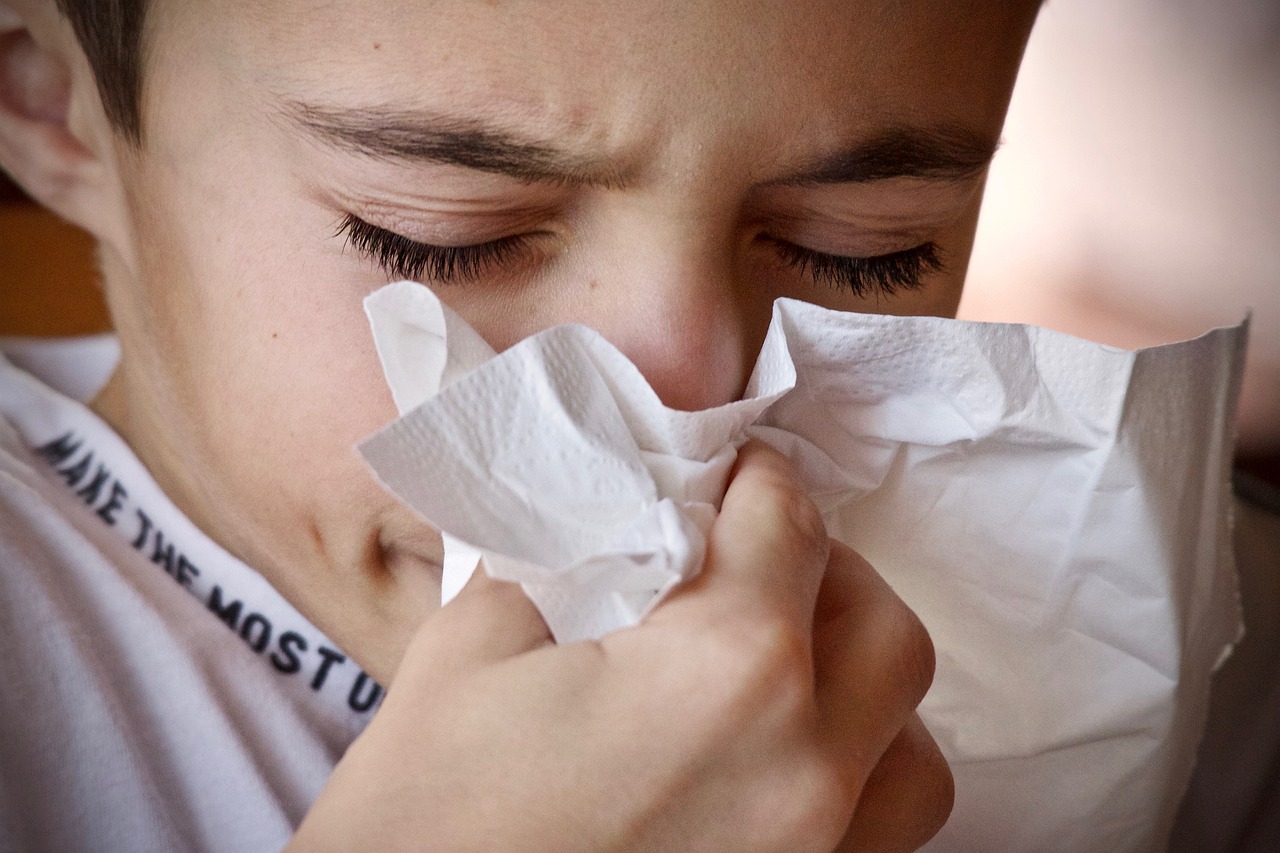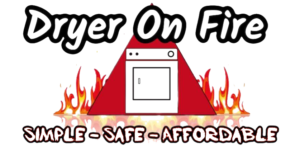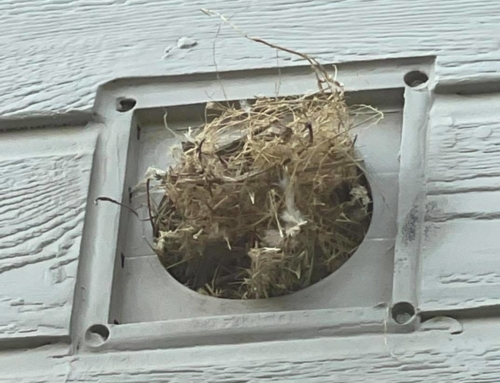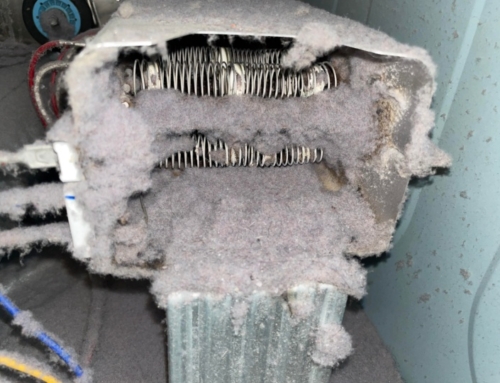
How to Reduce Allergens in Your Home
Date: March 8, 2023
Author: Jessica Thompson
As women managing our households, we strive to create a safe and healthy environment for our families. However, many of us may not realize that common allergens lurking in our homes can trigger allergic reactions and exacerbate respiratory issues. Allergens such as dust mites, pet dander, mold spores, and pollen can contribute to allergies, asthma, and other respiratory conditions. In this article, we’ll explore effective strategies for reducing allergens in your home, drawing on authoritative sources such as FEMA, the Environmental Protection Agency (EPA), and other trusted authorities.
- Identify Common Allergen Sources: To effectively reduce allergens in your home, it’s essential to identify the sources of allergens. Common allergen sources include:
– Dust mites: These microscopic organisms thrive in household dust, bedding, upholstered furniture, and carpets.
– Pet dander: Shed skin cells and saliva from pets can become airborne and trigger allergic reactions.
– Mold: Moisture-prone areas such as bathrooms, basements, and kitchens are breeding grounds for mold spores.
– Pollen: Pollen can enter your home through open windows and doors, as well as on clothing and shoes.
- Keep Your Home Clean: Regular cleaning is crucial for reducing allergens and maintaining a healthy indoor environment. Here are some cleaning tips to help minimize allergens:
– Vacuum carpets, rugs, and upholstery regularly using a vacuum cleaner equipped with a HEPA filter.
– Dust surfaces with a damp cloth to trap and remove allergens instead of dispersing them into the air.
– Wash bedding, including sheets, pillowcases, and mattress covers, in hot water weekly to kill dust mites.
– Clean or replace HVAC filters according to the manufacturer’s instructions to prevent the recirculation of allergens.
- Control Indoor Humidity: Dust mites and mold thrive in humid environments, so it’s essential to control indoor humidity levels. Use a dehumidifier to maintain humidity levels between 30-50% in areas prone to moisture, such as bathrooms and basements. Additionally, repair any leaks or water damage promptly to prevent mold growth.
- Minimize Pet Allergens: If you have pets, there are steps you can take to minimize pet allergens in your home:
– Bathe and groom pets regularly to reduce shedding and dander.
– Designate pet-free zones in your home, such as bedrooms, to minimize exposure to pet allergens while sleeping.
– Wash pet bedding and toys frequently to remove allergens.
- Seal Entry Points: Prevent outdoor allergens, such as pollen, from entering your home by sealing entry points:
– Keep windows and doors closed during peak pollen seasons, especially on windy days.
– Use high-efficiency particulate air (HEPA) filters in HVAC systems to trap airborne allergens.
– Remove shoes and outer clothing before entering your home to prevent tracking pollen indoors.
- Consider Allergen-Proofing Your Home: Allergen-proofing your home involves taking additional measures to minimize allergen exposure:
– Encase mattresses, pillows, and box springs in allergen-proof covers to prevent dust mites from colonizing.
– Use allergen-proof covers on pillows, mattresses, and box springs.
– Consider installing hardwood floors instead of carpeting, as carpets can harbor allergens.
By implementing these strategies to reduce allergens in your home, you can create a healthier indoor environment for your family and minimize the risk of allergic reactions and respiratory issues. Remember to consult with your healthcare provider if you or a family member experience persistent allergy symptoms for personalized advice and treatment options.






